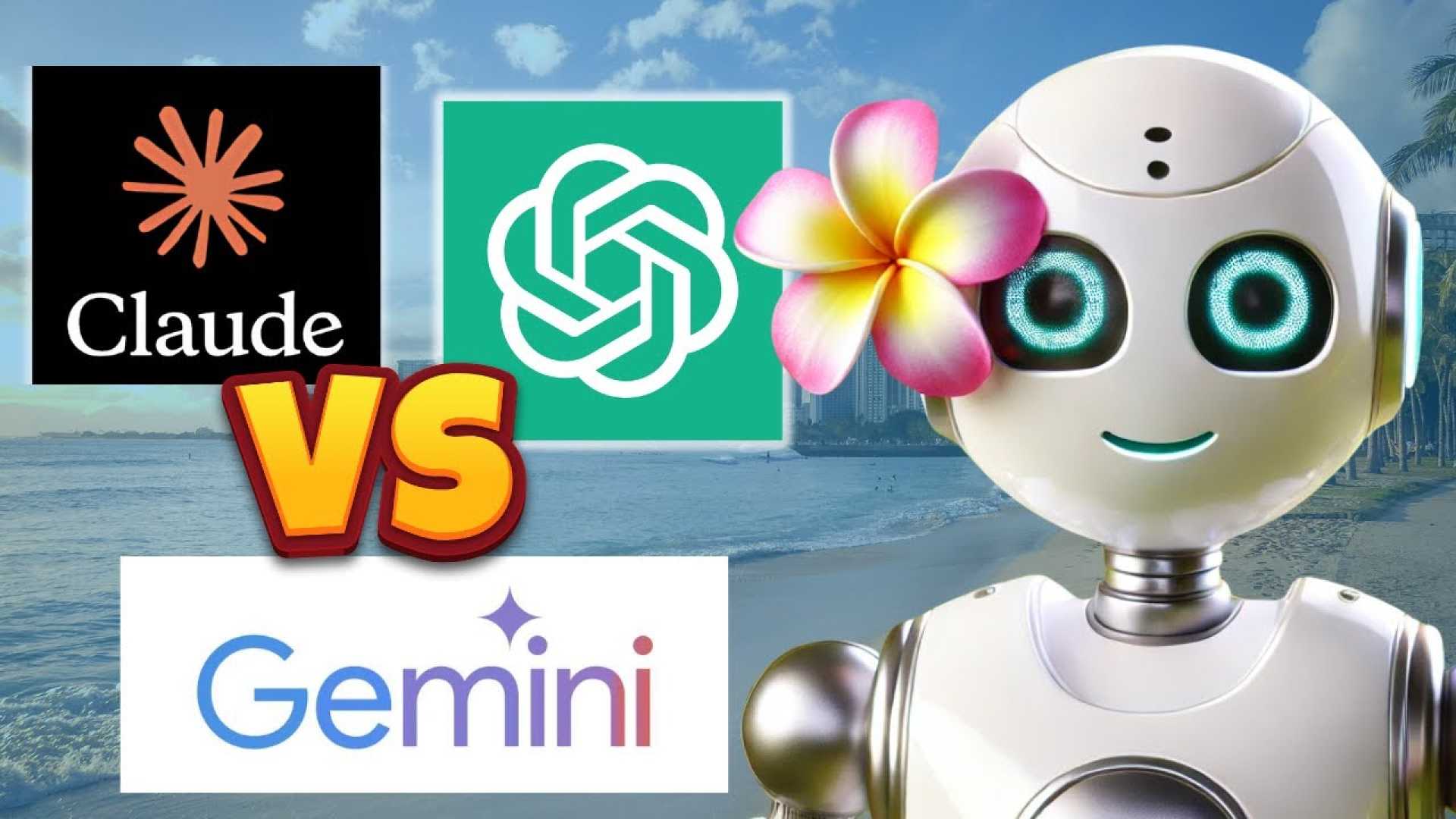Tech
AI Travel Tools Promise Convenience but Deliver Misinformation in Hawaii

HONOLULU, Hawaii — Artificial intelligence is transforming the way travelers plan trips to Hawaii, offering tools like ChatGPT to simplify itinerary planning, rebookings, and airline assistance. However, these AI-powered services are riddled with inaccuracies that could turn dream vacations into logistical nightmares.
While AI can process vast amounts of data in seconds, it often struggles with the nuances of travel planning. For example, ChatGPT recently suggested visiting the Contemporary Art Museum in Honolulu, providing details on its collections. The problem? The museum closed in 2019, and the property is now gated and inaccessible. Similarly, on Molokai, the AI incorrectly stated that hiking to Kalaupapa, a former leper colony, and booking through Damien Tours was easy. In reality, tours to the historical settlement closed four years ago, and the hiking trail is off-limits.
These errors highlight a recurring issue with AI in travel planning: confidently delivering incorrect information. In one instance, ChatGPT repeatedly insisted that Bora Bora was next to Moorea, when in fact, it is next to Taha’a. Moorea is 156 miles away. Despite corrections, the AI continued to provide inaccurate guidance, potentially leading travelers to costly mistakes.
AI’s limitations extend beyond geography. For Hawaii visitors, ChatGPT often overestimates the availability of public transportation outside Honolulu, leaving travelers stranded when they discover rental cars or rideshares are their only options. Hotel recommendations can also be misleading, with AI platforms labeling accommodations as “beachfront” when they are several blocks inland. Additionally, AI frequently fails to account for Hawaii’s unique resort fees and parking charges, which can significantly increase travel costs.
Cultural events and local holidays present another challenge. ChatGPT may suggest travel dates without factoring in major events like the Merrie Monarch Festival or the Honolulu Marathon, leading to unexpected crowds, inflated prices, and limited availability. These inaccuracies can result in frustration, wasted money, and missed opportunities to experience Hawaii’s best offerings.
Travelers should approach AI-generated advice with caution. Double-checking recommendations with official websites and reputable sources is essential. Using AI for inspiration rather than final decisions allows for flexibility while ensuring accuracy. Consulting local travel advisors, resident-run websites, and verified forums can provide insights AI might miss. Comparing results across multiple AI tools can also improve accuracy.
Travel companies continue to invest heavily in AI, with promises of seamless trip planning and automated rebooking services. However, these tools often struggle with complex, multi-stop itineraries typical of Hawaii trips. AI’s inability to fully understand traveler preferences and emotions is another critical shortcoming, particularly for vacations involving milestone celebrations, family reunions, or cultural exploration.
While AI technology continues to improve, travelers should prioritize human insight over automation when planning trips to Hawaii. The best approach is to use AI as a starting point, not the final say. Relying on a mix of AI and human expertise ensures a well-balanced travel experience that aligns with individual preferences and Hawaii’s unique travel landscape.












